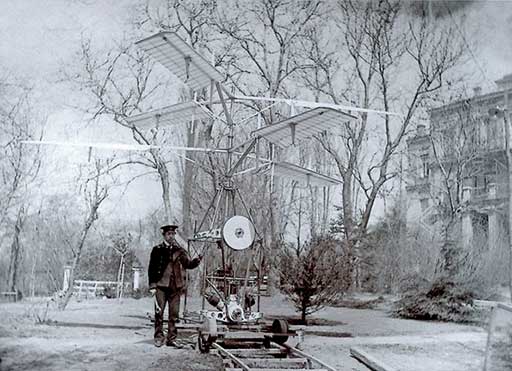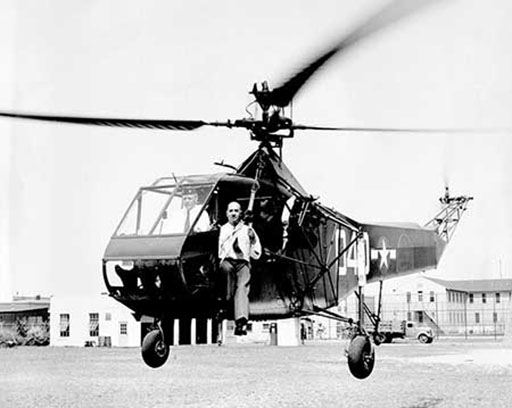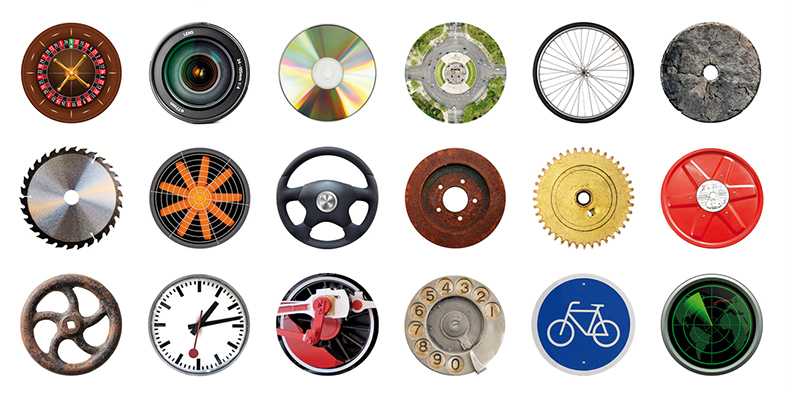2.4 Distinguishing terms: innovation
Finally, in the following activity, you will review the previous case studies focusing on innovation.
Case study: Innovation
Drugs, helicopters and armchairs …
Penicillin
An important aspect of this story is that Alexander Fleming was not responsible for the subsequent development of penicillin. He was not a chemist, and would not have been able to produce penicillin in a sufficiently stable form with the technologies available at the time. In 1929, Fleming published a scientific paper describing his findings, but this was largely ignored. In fact it was more than ten years later in the early years of the Second World War that a research team at Oxford University, led by Howard Florey and Ernst Chain, created the first functioning version of the antibiotic that could be produced in volume. Florey and Chain travelled to the United States, where much of the subsequent development took place. This involved many new actors, including commercial drugs companies such as Merck and Pfizer, a US Government Agency (The War Production Board) and an entirely new production process, the design of which was overseen by the chemical engineer, Margaret Hutchinson Rousseau. These intensive efforts resulted in a massive increase in production volumes, so that, by 1945, many billions of units were being produced.
The helicopter
Leonardo da Vinci’s invention is often described as a source of inspiration for the helicopter, but it would be five centuries before the concept was fully realised. The term ‘helicopter’ (meaning ‘spiral wing’) was first used by a French writer in the mid-nineteenth century. By the first decade of the twentieth century, several inventors were experimenting with helicopters, among them a Russian aeronautical engineer, Igor Sikorsky, who described his first attempts at building this kind of aircraft:
‘My first two machines were built between 1909 and 1910 and were helicopters. The first of these ships refused to leave the ground while the second could lift itself, but refused to lift me.’ (Sikorsky Archives, n.d.) [Tip: hold Ctrl and click a link to open it in a new tab. (Hide tip)]


Despite these early setbacks, Sikorsky went on to produce the first successful single main rotor helicopter. Having moved to the USA in the early 1920s, he created a company, Sikorsky Aero Engineering Corporation, which specialised in the design and manufacture of new types of aircraft such as flying boats. In 1939, the company introduced the Vought-Sikorsky VS-300 and, just four years later, it announced a modified version that was to become the world’s first mass produced helicopter, the Sikorsky R-4(pictured).
Armchairs
Behind the groundbreaking furniture designs of Charles and Ray Eames and especially the LCW chair, was a highly innovative approach to construction and using newly available technologies for materials: the moulded plywood. The design’s success could be attributed to the fact that the chair was – surprisingly perhaps for wood – comfortable, lightweight and practical. By bringing together influences from their respective backgrounds: architecture (Charles) and art (Ray), the outcome was a highly functional, yet aesthetically pleasing item. This chair has become an enduring design icon, along with a number of Eames designs.
Activity 6
- Can you think of another example of innovation? Enter your own example in the interactive box below.
Discussion
We have avoided defining the terms that have been discussed in this section. This is because the distinctions between discovery, invention, design and innovation are quite subtle and open to interpretation. It is therefore worth exploring these concepts for yourself, rather than jumping immediately to simple definitions.
